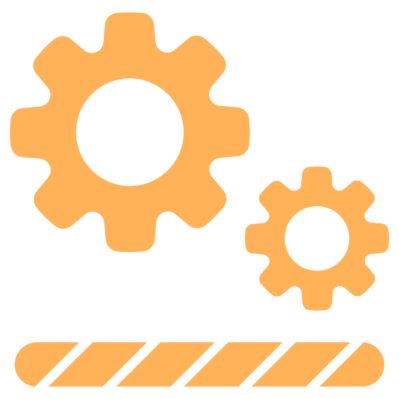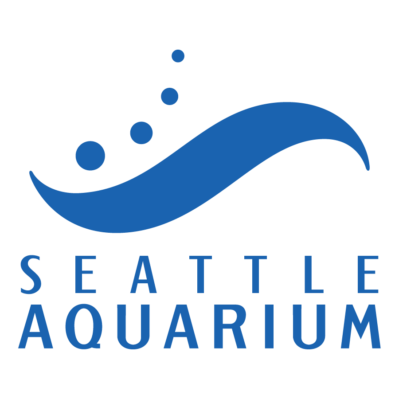Waste
GOAL: Become a zero-waste (90%) operating facility by 2030
Goal Update
2024: 79% diversion rate (79% of materials diverted away from the landfill)
Goal: Become a zero-waste (90% diversion rate) operating facility
Note: Animal Care Center (ACC) went online in April 2022 and Ocean Pavillion (OP) went online in 2024
* = COVID pandemic year
Diversion from the landfill
The Seattle Aquarium has an extensive and robust history of waste and materials management. The Aquarium began composting in the animal preparation kitchen in 2008 and implemented full front- and back-of-house composting in 2010. Combined with a robust recycling program, the Aquarium passed a 50% diversion rate (more than half of disposed material diverted from the landfill) in 2016, and by 2024 had achieved a 79% diversion rate.
Diversion rate
Recent Efforts
Waste audit
Erin LeFever, Seattle Aquarium’s own Regenerative Program Manager, organized a waste audit for the Aquarium in July 2023. She engaged the Executive Leadership Team and other staff to participate in the process as an internal learning opportunity and means of capturing necessary data for identifying and addressing common and unique waste streams for the Aquarium. In 2024, another audit took place facilitated by the Regenerative Operations Working Group.
Glove recycling
Disposable gloves are a necessity for operations at Seattle Aquarium and comprise a large portion of the back of house waste stream. To reduce the environmental impact and give these materials another life, these disposable gloves are now being recycled as a special waste stream.
Spring cleaning
Seattle Aquarium invited staff to go through their storage areas around the aquarium and recycle, donate, or get rid of unwanted and unneeded items for a week in the spring. Totals from the 2023 event included 1,750 lbs of recycling, 3,800 lbs of trash, 2,640 lbs of metal recycling, and lots of general donations, including e-waste.
International coastal clean up day
As a part of International Coastal Clean Up, 12 employees and volunteers of the Seattle Aquarium helped host a beach clean up session at Goose Beach. The event was quite successful with 21 attendees from the public and a grand total 16 lbs of recycling and 71 lbs of trash removed from the beach.
Improve and increase internal signage
The Seattle Aquarium surveyed guests to gauge what might be confusing or prohibiting factors of the current signage. The data collected from this survey was used to create solutions and discuss what needs to be done going forward. In the current phase, the Aquarium is identifying vendors and estimated costs.
Priority Strategies
Implement on-floor interpretation for public education
Most people think of waste when they hear the term “sustainability.” Connecting waste management with the Aquarium’s ocean ethic through on-the-floor interpretation by staff and volunteers will improve public knowledge about ways to be more sustainable and will have an impact both within and outside of the Seattle Aquarium’s doors.
Improve and increase internal signage 
Clear, concise and consistent signage is a necessary component of any successful waste management program. Signage should be relevant to the products commonly found throughout the Aquarium.
Conduct an audit of less-typical waste streams
Staff identified a number of products that cannot simply go into mixed recycling or compost. A non-exhaustive list includes large item disposal, batteries, e-waste and clothing. Identifying and planning for these products will ensure that the Seattle Aquarium is successful in achieving zero waste.
Identify common compost and recycling contaminants and seek opportunities for reduction 
Zero waste is generally measured as a diversion rate. However, what happens to the material after it leaves the Seattle Aquarium is what matters. Contaminated compost and recycling often goes to the landfill. Identifying common contaminants and addressing these contaminants through signage, education and purchasing changes will lead to better outcomes.
Switch from paper to digital signage 
Where appropriate, digital signage can save waste from production and improve the speed of rolling out new signage.
Inform vendors of goals and influence vendors to provide materials and services that align with the goals 
The Seattle Aquarium can influence vendors to improve their practices and provide products that support rather than hinder the Seattle Aquarium’s goals.
Donate excess food to the food bank
Although food waste is low, food generates significant emissions and wasting food provides no benefit. Food banks and other distribution systems provide a way to ensure that this food helps people who need it and aligns with the Seattle Aquarium’s equity work.
Develop an internal program for educating staff about waste streams 
Staff are fundamental to ensuring that the Seattle Aquarium is successful in becoming a zero waste facility. Continuous education and improvement is critical.
Workshop in small teams to identify opportunities to reduce waste 
Different teams produce different waste and each team is an expert on itself. Teams can identify primary sources of waste and work with a central coordinator to identify ways to reduce waste.
Tell our sustainability story
Communicating the story of the Seattle Aquarium’s waste successes and connects these successes to the Aquarium’s mission will build public awareness of ways to act more sustainably.




